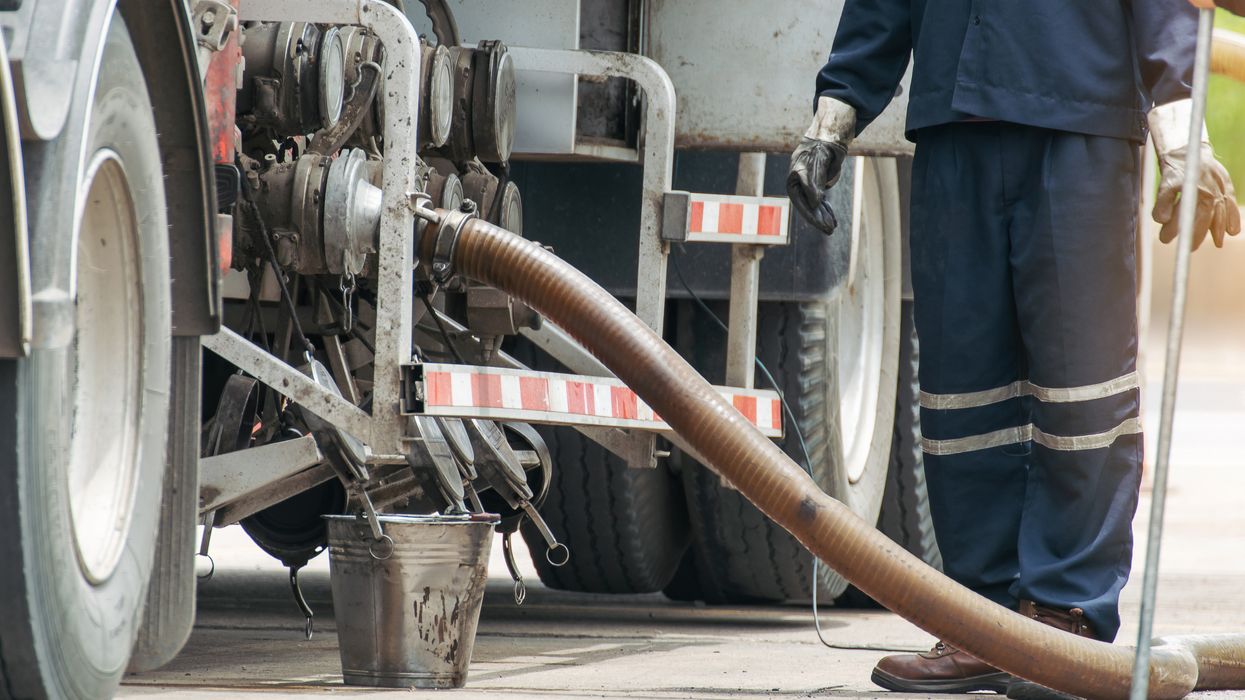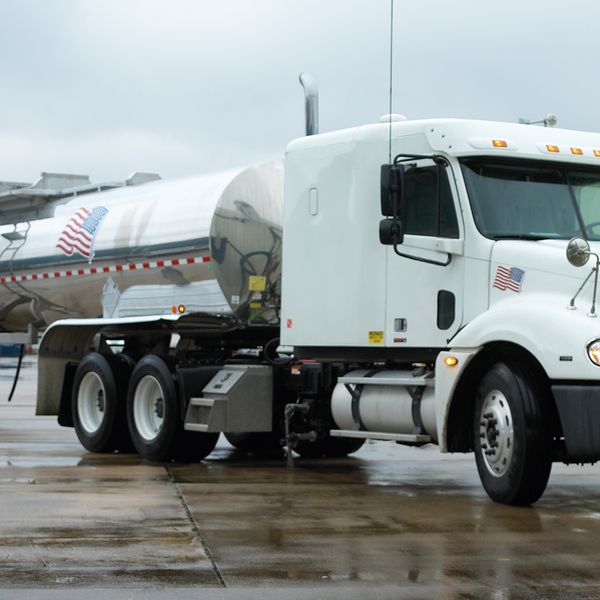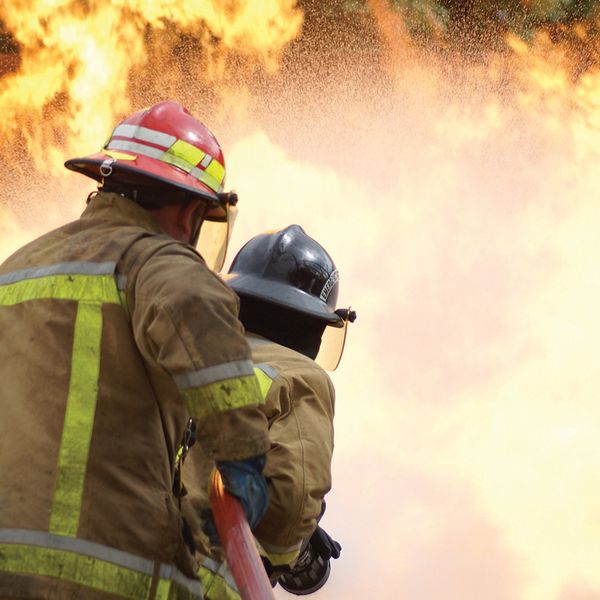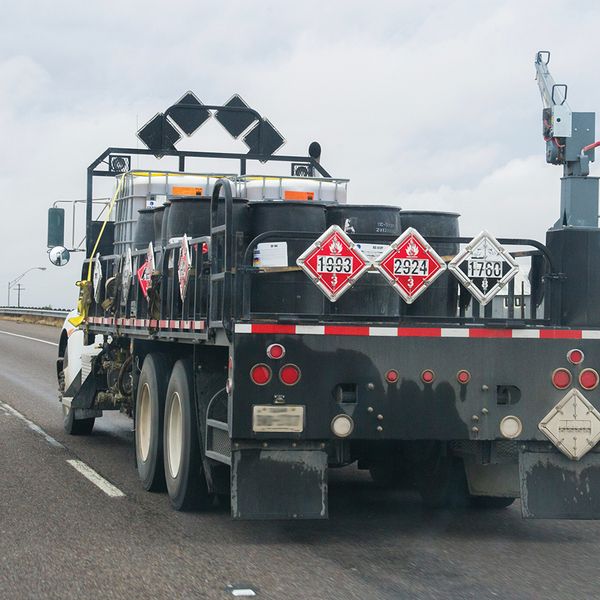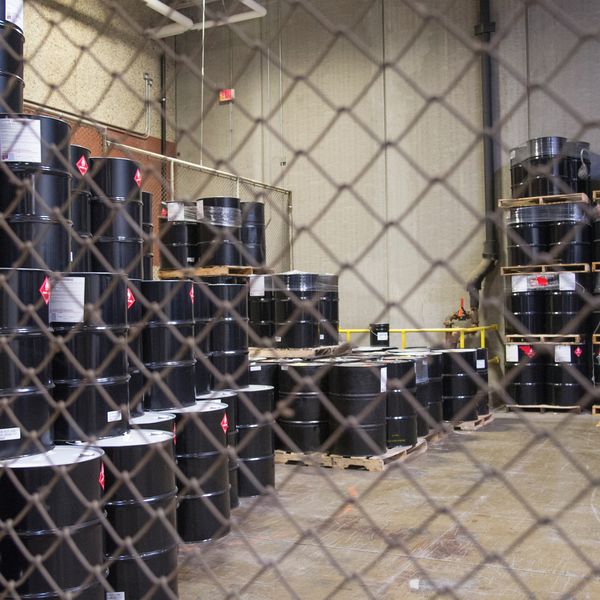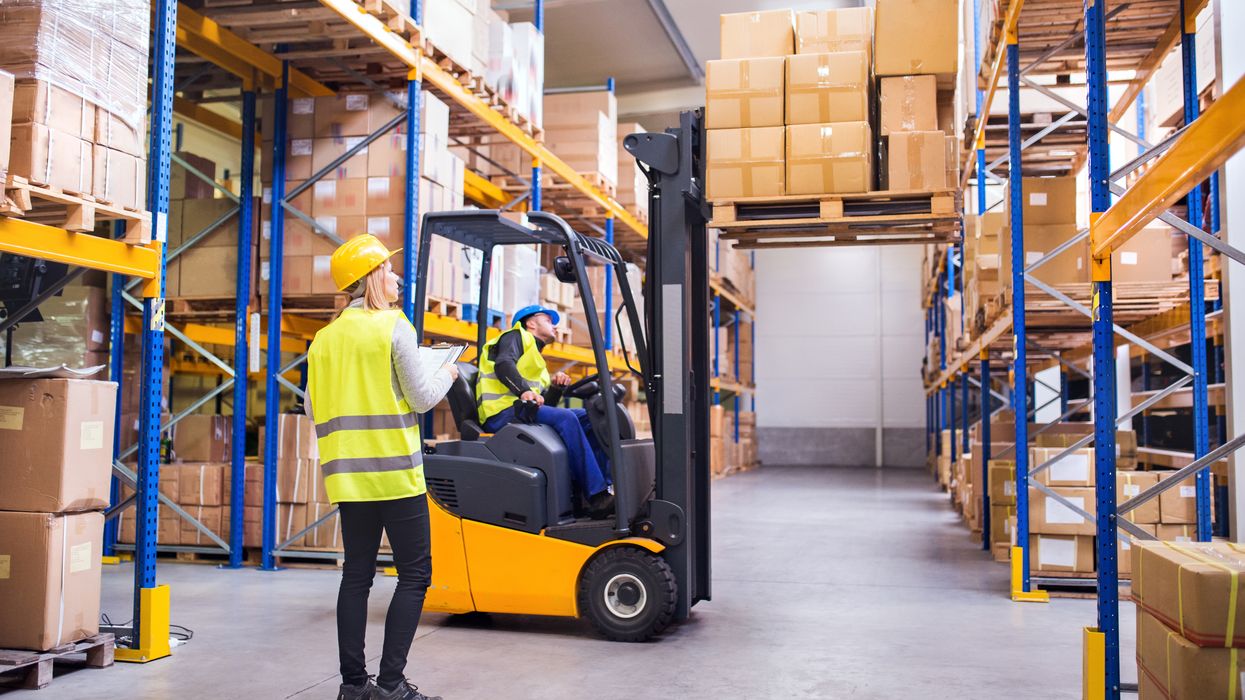Video highlights safety for truckers who transfer process fluids
Often truck drivers handle transfers of oil, gas, and other process fluids in oil/gas extraction operations. However, NIOSH says there may be hazards and risks involved, and workers have died making transfers at well sites. To learn more, check out the agency’s new 11-minute video, “You’ve Got This! Understanding Hazards, Risks, and Controls for Safer Fluid Transfers in Oil and Gas Extraction” (NIOSH 2023-122).
Hazards and risks
Process fluids that truckers often deal with include wastewater, flowback fluids, condensate, brines, process water, crude oil, and basic sediment and water (BS&W). Produced water is NOT just water, cautions the video.
These truckers are also often alone onsite, making it difficult to get help if needed. According to the video, fluid transfer hazards like flammable atmospheres, exposure to toxic hydrocarbon gas and vapors, low oxygen, and hydrogen sulfide are real. In fact, an infrared camera scene depicts an “invisible” gas and vapor plume that surrounds a worker, when process fluids are transferred, especially when the fluids are under pressure. Vehicle incidents and heat stress are also common for truckers.
The video emphasizes that exposure to the hazards can lead to injury, hospitalization, long-term health effects, and even death. Yet, the hazards are known, understood, and preventable, NIOSH explains.
Control measures
However, the video — intended for oil and gas extraction companies, supervisors, managers, and workers — explains that the hazards can be removed or controlled, and these control methods are discussed.
The recommendations for employers and workers are consistent with the hierarchy of controls but eliminating or substituting the hazardous fluid during transfer (the most effective control methods) is not always possible. Therefore, the video focuses on engineering controls, administrative controls, and the proper and consistent use of personal protective equipment (PPE) when making transfers:
- Engineering controls include best practices from the American Petroleum Institute such as proper venting, bonding, grounding, and the use of conductive hose. Locating trucks upwind of vapors is also advised.
- Administrative controls include the development and use of job safety and health analyses and worker training.
- PPE includes multi-gas monitors, impermeable gloves, flame-resistant clothing, and self-contained breathing apparatus.
If multi-gas monitor alarms go off at any time, workers should immediately exit to a safe location.
Key to remember
NIOSH offers a new 11-minute video on the hazards, risks, and controls of fluid transfers in oil and gas extraction sites. The video is aimed at oil and gas extraction companies, supervisors, managers, and workers.

